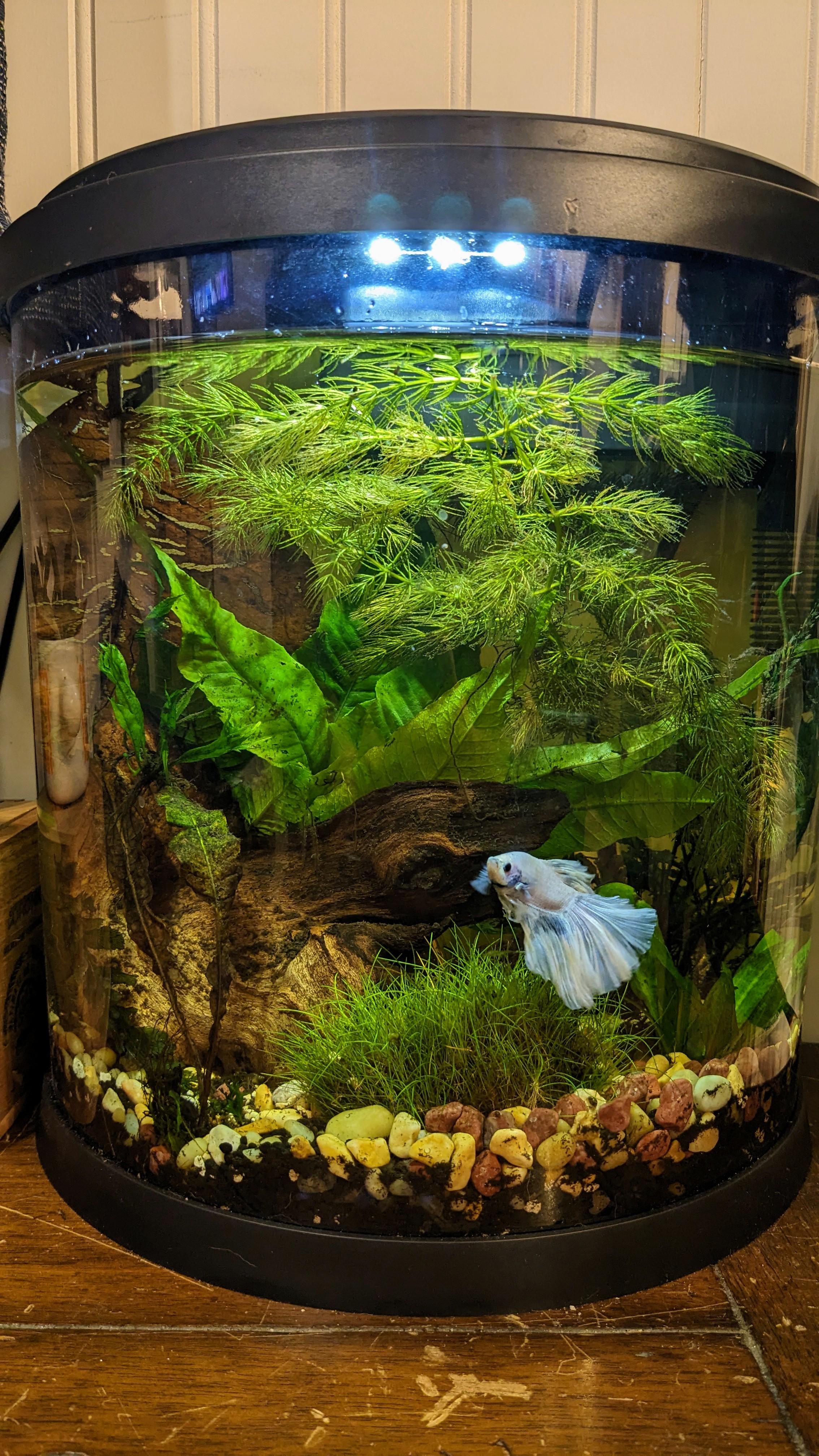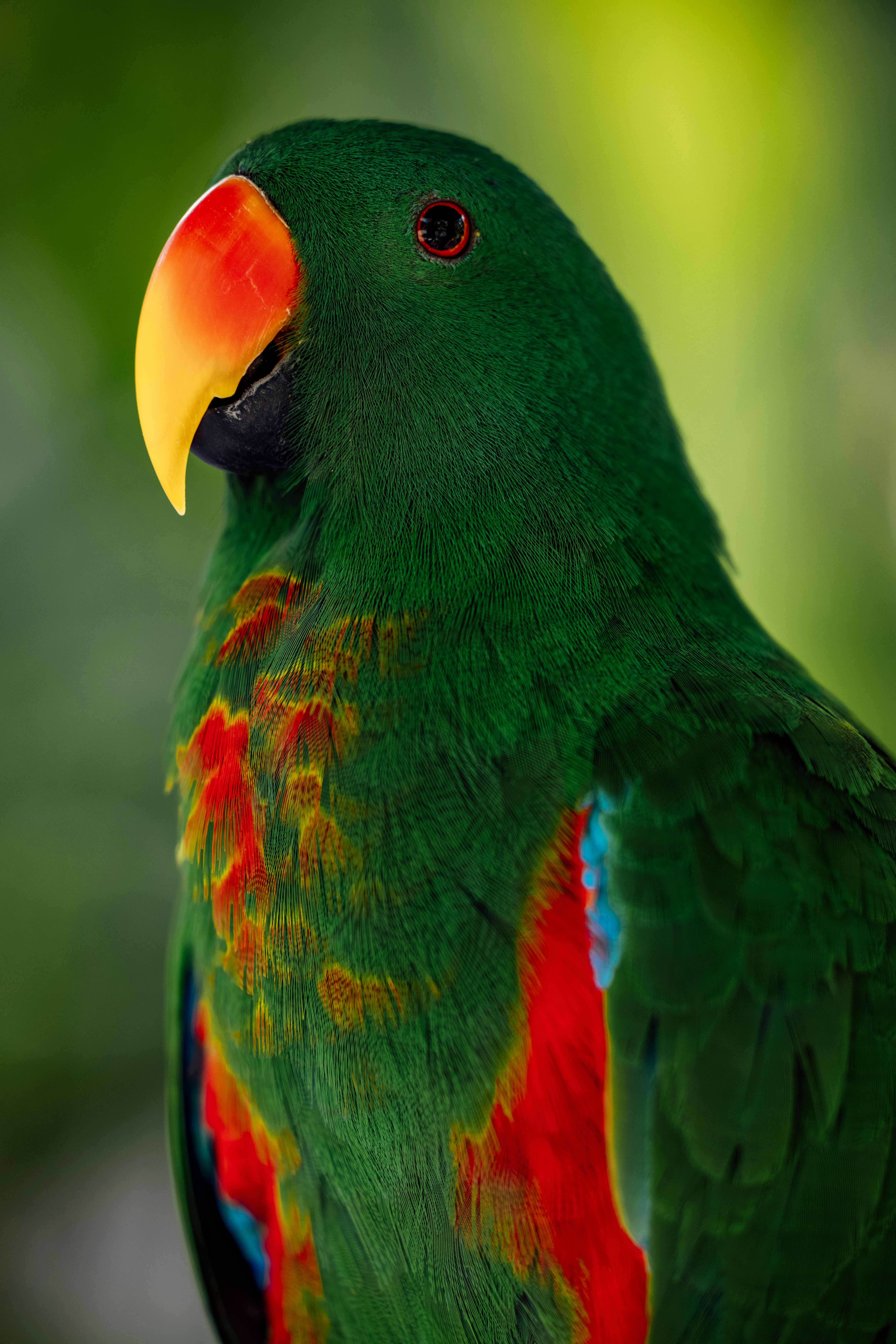Effective Ways to Care for Female Dwarf Gourami in 2025

Effective Ways to Care for Female Dwarf Gourami in 2025
Female dwarf gourami are delightful additions to any freshwater aquarium and are cherished for their vibrant colors and unique behaviors. As an aquarium enthusiast, understanding how to provide the best care for these fish will enhance their well-being and your enjoyment. In this guide, we'll explore effective ways to ensure happy and healthy female dwarf gourami by discussing their habitat, breeding, diet, compatibility with other fish, and common health concerns. By following these strategies, you will create a thriving aquatic environment for your dwarf gourami that will last for years.
Key takeaways from this article include:
- Understanding the ideal habitat conditions for female dwarf gourami.
- Effective feeding practices and dietary needs.
- Tips for breeding and caring for dwarf gourami fry.
- Identifying potential tank mates and ensuring compatibility.
- Recognizing and addressing common health issues.
Creating an Ideal Habitat for Female Dwarf Gourami
To provide the best care for your female dwarf gourami, it's important to replicate their natural habitat in your aquarium. These freshwater fish thrive in a warm environment with plenty of hiding spots and plants. A well-planned tank setup will help reduce stress and promote healthy behaviors.
Understanding Dwarf Gourami Tank Requirements
Female dwarf gourami require a tank of at least 10 gallons, although a larger tank is recommended for better water quality management. The water temperature should ideally range between 74°F to 82°F, with a pH between 6.0 and 7.5. It’s crucial to monitor these water parameters closely to ensure a stable environment. Using a quality filtration system helps maintain water clarity and quality, while regular water changes are essential for removing toxins.
Choosing Suitable Tank Decorations
Decorating your aquarium thoughtfully can help female dwarf gourami feel secure. Incorporate hardy aquarium plants like Java ferns and Anubias, as well as driftwood and rocks to create a layered environment. These decorations provide hiding spots and mimic the natural habitat of dwarf gourami. Additionally, plants can help with water quality by promoting beneficial bacteria growth and offering shelter for fry.
Lighting Needs for Healthy Dwarf Gourami
Lighting plays a crucial role in the aquarium setup for female dwarf gourami. Moderately bright light is ideal, as these fish thrive in environments reminiscent of their natural habitats, which tend to be shaded by dense vegetation. Light intensity can be adjusted with floating plants or by using a dimmable LED light. It’s also important to maintain a regular light cycle of about 10-12 hours daily to mimic natural conditions.
Feeding Practices for Female Dwarf Gourami
A balanced diet is vital for maintaining the health and vibrancy of female dwarf gourami. Feeding these fish a variety of foods will ensure they receive the right nutrients. It’s important to understand how to choose the best foods and establish an effective feeding routine.
Best Foods for Dwarf Gourami
Female dwarf gourami are omnivorous, meaning their diet can include both plant and animal matter. High-quality flake foods are suitable, but it’s also beneficial to offer live or frozen foods such as brine shrimp, bloodworms, and daphnia. Including fresh vegetables like blanched spinach or zucchini can also promote good health. Aim to feed small amounts two to three times per day, ensuring that food is consumed within a few minutes to prevent water pollution.
Feeding Dwarf Gourami Fry
Breeding female dwarf gourami can lead to fry that require special care. Newly hatched fry should be fed fine powdered food or specially formulated fry food. As they grow, you can introduce small live foods. Keeping these young fish in a separate breeding tank helps prevent overcrowding and ensures they receive proper nutrition. Monitor water quality carefully during this critical growth phase.
Common Feeding Mistakes to Avoid
When caring for female dwarf gourami, avoid overfeeding, which can lead to health problems like obesity and poor water quality. Additionally, ensure the food is appropriate in size for the fish to eat comfortably. Provide a balanced diet, and don't rely solely on one type of food, as diversity is key to their well-being. Pay attention to how they react to their meals—if they are leaving food uneaten, adjust portions accordingly.
Dwarf Gourami Breeding and Care for Fry
Breeding female dwarf gourami can be rewarding but requires attention to detail to ensure successful reproduction and care for the fry.
Dwarf Gourami Breeding Techniques
To encourage breeding, set up a separate breeding tank with gentle filtration and ample floating plants for the female to lay eggs. Ensure that the water parameters are optimal, and maintain a temperature around 80°F. Male dwarf gourami are known for their bubble-nesting behavior, which they will use to provide a safe area for the eggs.
Caring for Dwarf Gourami Fry
After the eggs hatch, the fry will remain in the bubble nest for a day or two before swimming freely. At this point, transfer the male back to the main tank to prevent aggression. The fry should be fed several times a day with finely crushed food or specialized fry food, ensuring that uneaten food is promptly removed. Keep the water clean and monitor for signs of distress.
Common Breeding Challenges
There may be challenges during the breeding process, such as failed attempts or fry mortality. Monitor the breeding environment closely for signs of stress. Isolation of aggressive individuals and providing ample hiding spots can help create a peaceful breeding atmosphere. If there are issues with the fry, investigate water quality and feeding practices to make necessary adjustments.

Understanding Dwarf Gourami Tank Mates and Compatibility
Choosing compatible tank mates is essential when keeping female dwarf gourami to minimize aggression and stress within the aquarium.
Best Dwarf Gourami Tank Mates
When selecting tank mates for female dwarf gourami, consider peaceful community fish such as tetras, rasboras, and bottom dwellers like corydoras. Avoid aggressive or overly territorial species that could stress your gourami. Generally, keeping them with fish of similar temperaments will foster a peaceful community environment.
Signs of Dwarf Gourami Stress
Stress can lead to health problems in female dwarf gourami. Common signs include hiding, loss of appetite, and unusual swimming patterns. If you notice these symptoms, evaluate the tank environment and consider tank mate compatibility. Keeping a peaceful community is crucial for their well-being.
Addressing Tank Mate Conflicts
If conflicts arise between tank mates, be ready to take action. This might include rearranging the aquarium layout to disrupt established territories or, in some cases, relocating more aggressive species to different tanks. Regular monitoring and adapting to tank behaviors will help maintain harmony.
Health Considerations for Female Dwarf Gourami
Maintaining the health of your female dwarf gourami is essential, as they are susceptible to various diseases if conditions are not optimal.
Common Dwarf Gourami Diseases
Dwarf gourami may face health challenges such as fin rot, ich, and velvet disease. Understanding the symptoms of these diseases is key to addressing them quickly. Regular health checks should include observing fin integrity, eating habits, and overall behavior.
Recognizing Sick Dwarf Gourami
Signs of illness may include discoloration, clamped fins, rapid gill movement, and changes in social behavior. If you suspect that your female dwarf gourami is ill, quarantine them immediately. This prevents the spread of disease and allows you to implement treatments effectively.
Preventing Health Issues
To ensure your dwarf gourami remain healthy, maintain proper water conditions, feed a balanced diet, and avoid overstocking the tank. Regular water changes and tank cleanings will also contribute to maintaining a healthy ecosystem. Knowing the specifics of dwarf gourami care, including their nutrition and habitat, is vital to success.

Dwarf Gourami FAQs
As you embark on your journey with female dwarf gourami, you may have several questions regarding their care.
What size tank is best for dwarf gourami?
A minimum of 10 gallons is recommended for dwarf gourami, although larger tanks are ideal for breeding and community setups.
How can I tell if my dwarf gourami is male or female?
Female dwarf gourami tend to be rounder with a shorter body compared to males, which are more colorful and elongated.
What do dwarf gourami fry need in their environment?
Fry need a gentle current, high water quality, and enough food to promote healthy growth. Hiding spots and a stable temperature are also essential.
By following these guidelines and implementing effective training, you will create a thriving environment for your female dwarf gourami, ensuring they flourish in their new aquatic home.